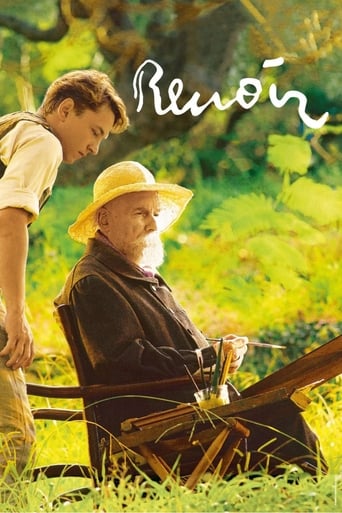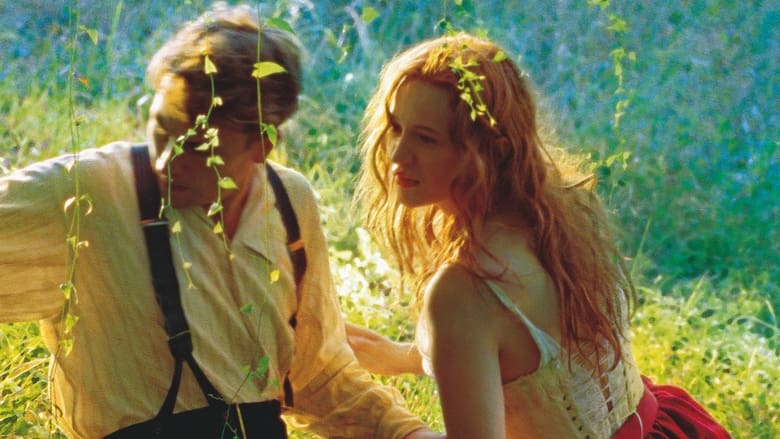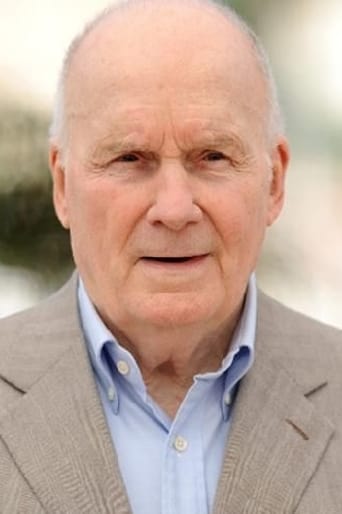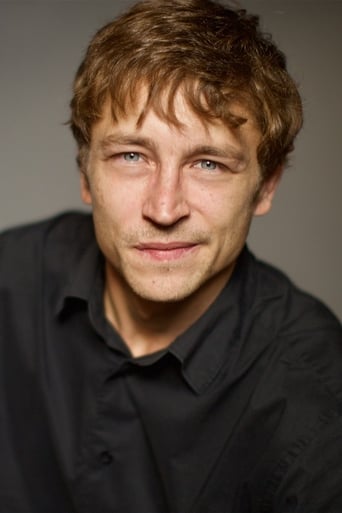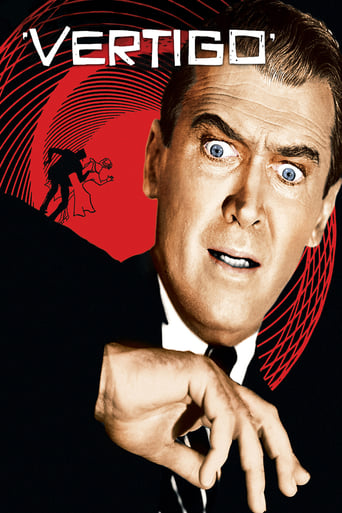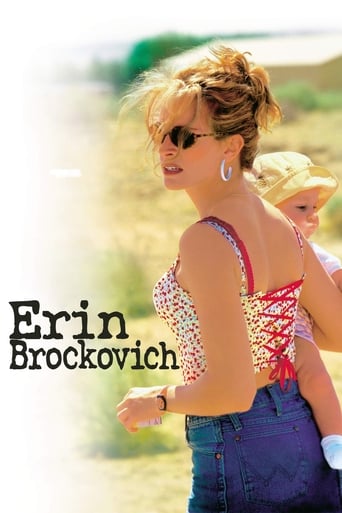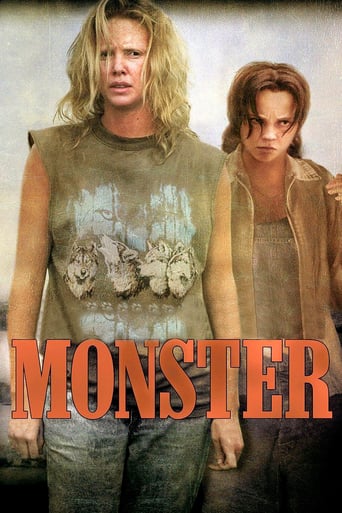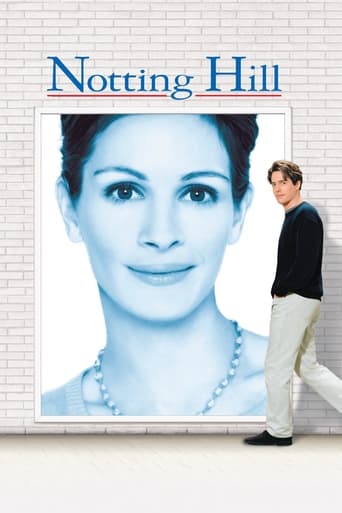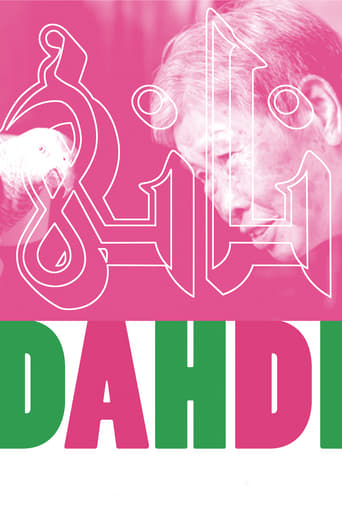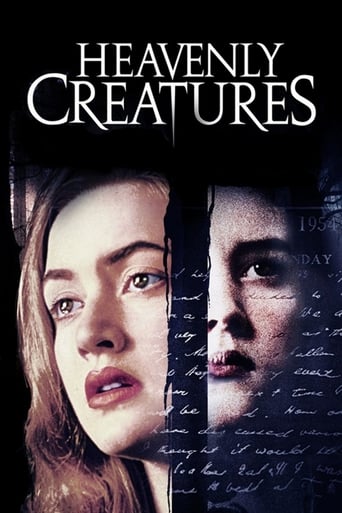Renoir (2013)
In the French Riviera in the summer of 1915, Jean Renoir, son of the Impressionist painter Pierre-Auguste, returns home to convalesce after being wounded in World War I. At his side is Andrée, a young woman who rejuvenates, enchants, and inspires both father and son.
Watch Trailer
Cast


Similar titles
Reviews
Renoir (2012)So promising. And so beautiful without depth. See it if you love beautiful, patient (aka slow) movies. It's set in the French countryside during WWI, and is filled with loving scenes of the fields and woods and streams there, drenched in gorgeous light. And it is filled in wonderful interiors, day and night, including some lovemaking. And it is filled frank nudity, in the name of art.You see, the main character, which should have been the name of the movie, is the model of the great Impressionist painter But late Renoir compared to early Renoir—that is, late works by the painter compared to early works by the filmmaker—are no contest. One artist is checking out, and leering and relaxing. The other is striving and incomplete, entering a new medium and a new age. History might say that the father was more important overall, and I agree that some of his early paintings are monstrously perfect. But by the 20th Century, some 30 or 40 years after his heyday, it's another story, and his studies, many of them nudes, are weak and indefinite. I teach art history, which is no great claim, but I study and look at this stuff all the time, and late Renoir is to be avoided!Not so early Renoir, the son, the film director. By 1939 Jean had made one of the truly great masterpieces of the period, in any medium: "Rules of the Game," as it's called in English. It gives away his own familiarity with the rich and cultured world of France before WWII. It gives away what he disdained about his upbringing, in fact, as he critiques it in the film, with a laugh and some true pathos. That's 20 years after what you see here, but this is a film site, and if you want to connect the dots, see that one.But look, this isn't a documentary, it's a movie, a bio-pic in a way, lush as it is. And it's slow. It avoids actual depth and substitutes profound (and often touching) commentary. It resides in the color and light and smoke made during the filming, which isn't really the point—except for the flimmakers. In a way I'd say it conjurs up the time, in a precious and empty way, very well. No contradiction intended. It won several best costume awards.But be prepared. If you love art and love Renoir, you'll be disappointed, in the end. (The paintings in the film were made by a notorious forger.) If you just love beautiful films to get lost in, this might do the trick. It's immersive. And it does remind us of the real depths of the original Impressionists and their love of light, and their love of life. That's the real point here. What is the true interest—the beginning of the son's film career, is left a footnote.
Beautifully photographed, the images manage to catch the essence of Renoir's use of color and light. In a way cinematographer Mark Ping Bing Lee is the real star of this film, creating at atmosphere that tells us more about the characters, and the Renoir's art than all the dialogue combined. I also loved the performance by Michel Bouquet - in his 80s as the film was shot -as the slowly dying Renoir, battling to continue his painting until the last. With simplicity and economy. his eyes and gestures let us feel some understanding of the man and his art. Additionally I appreciated the choice to just focus on a brief period near the end of Renoir's life, and his (platonic) relationship with his last muse, rather than the usual sprawling bio-pic approach. On the other hand, I wasn't enamored by the script (or at least the English translation on the subtitles) which kept reducing much of what is said by Renoir and those around him to easy and generic statements about art, pain, joy, creativity. If the images capture the richness of the man's work, the dialogue is often the Hallmark card opposite. Also, perhaps the most interesting part of the story, the return of Renoir's son Jean - who would go on to be one of the great film-makers of all time, from WW I, and his slow falling into romance with his father's muse Andree is jammed into the end of the film, and stays very much on the surface. You know something is amiss when the most emotion you feel in a film is at the cards just before the end credits summing up all the events you didn't see. It's too bad, because if the human stories (and ironically both generations of Renoir did work that was nothing if not about humanity) had matched the beauty of the images this seems like it could have been a great film -- instead of a beautiful but somewhat hollow and emotionally remote one. Still worth seeing, just frustrating.
Appropriately enough, about the world's most famous Impressionist painter.While it's definitely not for those who strongly favor conventionally plotted drama or fast action, RENOIR consists of immediate realism and puts you right with the Renoir clan on the French Riviera. It's the sort of film that could easily have been made overly artsy and dull, but it's neither.The entire story takes place in 1915, toward the end of Renoir's life. The relationship between model Andrée Heuschling and son Jean Renoir is, in many ways, more the subject of the story than the painter himself, yet Renoir himself is indispensable as "the boss," a sort of god-like backdrop to the entire cast and story. Having said that, I must add that there is a fair amount on Renoir's artistic processes, and his philosophizing can be applied to all sorts of art-forms as well as painting. One of RENOIR's strongest aspects is its portrayal of a man who is obsessed with his work and has one thing which utterly engulfs and consumes him.Like many French films, RENOIR succeeds in breaking all sorts of rules. Among them: --The plot is meandering and somewhat slice-of-life but still gripping; --Andrée, the "girl from nowhere," and free but neglected youngest son Coco are characters that beg to be developed further, but at the same time, perhaps it's better that they remain mysterious; --Lots of female nudity without it seeming the least bit gratuitous: After all, the subject is an artist who often painted naked girls; --The mood is a successful mesh of somberness, poignancy, and (often laugh-out-loud) humor.Just about every artsy cliché could be applied to this film, but suffice it to say that it is a beautiful experience. Even simple colors come alive here for the audience as they did for Renoir himself. I'm a word person who's never been a big painting aficionado, but this film made me see the visual arts in a whole new light and may even have converted me to some extent. The soundtrack--quiet, unobtrusive piano scores in the background--also does a great deal to carry this film.
The relation between the painter and his model has seldom been questioned. Not much talk about man power. Quite few smiles about it. If it had been otherwise with female artists painting naked men, we don't know much about. It's not much of that sort in art history.We here meet the aging Renoir and one of his last models, Andrée. It becomes complicated when Renor's son appears. What's strongest? Art or sensual love?It could have been an interesting dilemma, if this had been more of a film and less of just pictures. The story is lost because of that. Neither questions nor answers.

